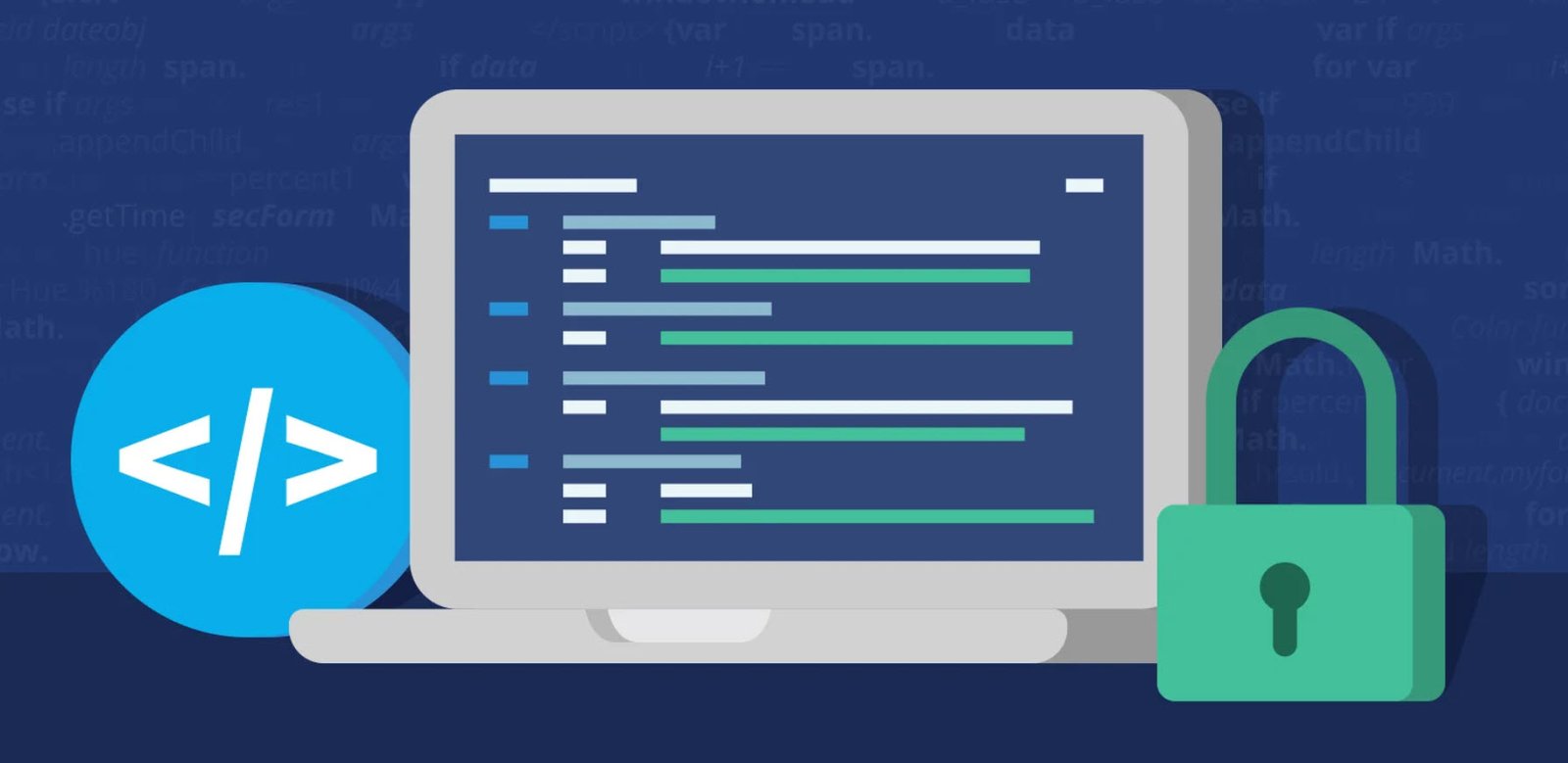
In today’s digital landscape, organizations face an ever-increasing number of security threats and challenges. To effectively address these risks, it is crucial for businesses to have a well-defined and comprehensive enterprise security architecture in place. This architecture provides a structured approach to aligning security efforts with business practices, ensuring standardized and cost-effective security measures across the entire organization.
An enterprise security architecture is a subset of enterprise architecture and encompasses the strategies, processes, and procedures that govern information security. It establishes a holistic framework for designing, implementing, and managing security solutions at strategic, tactical, and operational levels.
By taking an architectural approach, organizations can better achieve interoperability, integration, ease of use, standardization, and governance, in addition to enhanced security.
So, how can you identify if an organization lacks an enterprise security architecture? Consider the following questions:
1. Does security operate in isolated silos throughout the organization?
Without a cohesive architecture, security efforts tend to be fragmented and disconnected.
2. Is there a lack of alignment between senior management and the security staff?
A well-defined architecture ensures that security objectives are clearly communicated and supported by top-level management.
3. Are redundant security products purchased for different departments, resulting in overlapping security needs?
An enterprise architecture helps identify common security requirements and enables organizations to implement standardized solutions.
4. Are security policies not effectively implemented and enforced, with a gap between policy development and actual practice?
An enterprise security architecture provides a framework for translating policies into actionable security measures.
5. Do access controls get modified without documented approval from user managers when user access requirements change?
An architecture emphasizes the importance of documented and authorized access management processes.
6. Does the rollout of new products often result in unexpected interoperability issues?
An enterprise security architecture promotes a proactive approach to addressing interoperability challenges during the design phase.
7. Do ad hoc security efforts occur instead of following standardized procedures?
An architecture establishes standardized processes and procedures, reducing the reliance on ad hoc measures.
8. Are business unit managers unaware of their security responsibilities and how they align with legal and regulatory requirements?
An enterprise architecture ensures that security responsibilities are clearly defined and communicated to all relevant stakeholders.
9. Is sensitive data defined in policies, but the necessary controls not fully implemented and monitored?
An architecture facilitates the implementation and monitoring of security controls to protect sensitive data.
10. Are point solutions implemented instead of enterprise-wide solutions?
An enterprise security architecture promotes the adoption of holistic and integrated security solutions, avoiding disjointed implementations.
The absence of an enterprise security architecture often leads to inefficiencies, redundancies, and inadequate security measures. It can result in costly mistakes, lack of governance, and a reactive approach to security incidents. Moreover, it can create a disconnect between security and business objectives, hampering the organization’s ability to adapt and respond to emerging threats.
In conclusion, the implementation of an enterprise security architecture is essential for organizations aiming to establish a robust and effective security posture. It provides a structured approach to aligning security efforts with business practices, ensuring standardized and cost-effective security measures.
By addressing the questions raised earlier, organizations can assess the need for an enterprise security architecture and take proactive steps to establish one, enhancing their overall security resilience in the process.
You may also like:- Gmail and Facebook Users Advised to Secure Their Accounts Immediately
- Pentagon’s Proactive Approach to Cybersecurity – Over 50,000 Vulnerability Reports Since 2016
- Windows Hardening – Key Points To Remember
- Top 10 Fundamental Questions for Network Security
- How to Remove x-powered-by in Apache/PHP for Enhanced Security
- 12 Point Checklist – PHP Security Best Practices
- Secure Programming Checklist – 2023 Compilation Guide
- The Ultimate Network Security Checklist – 2023 Complete Guide
- A Comprehensive Guide to Crafting Strong Passwords
- Top 28 Essential Tips To Safeguard Your Computer








